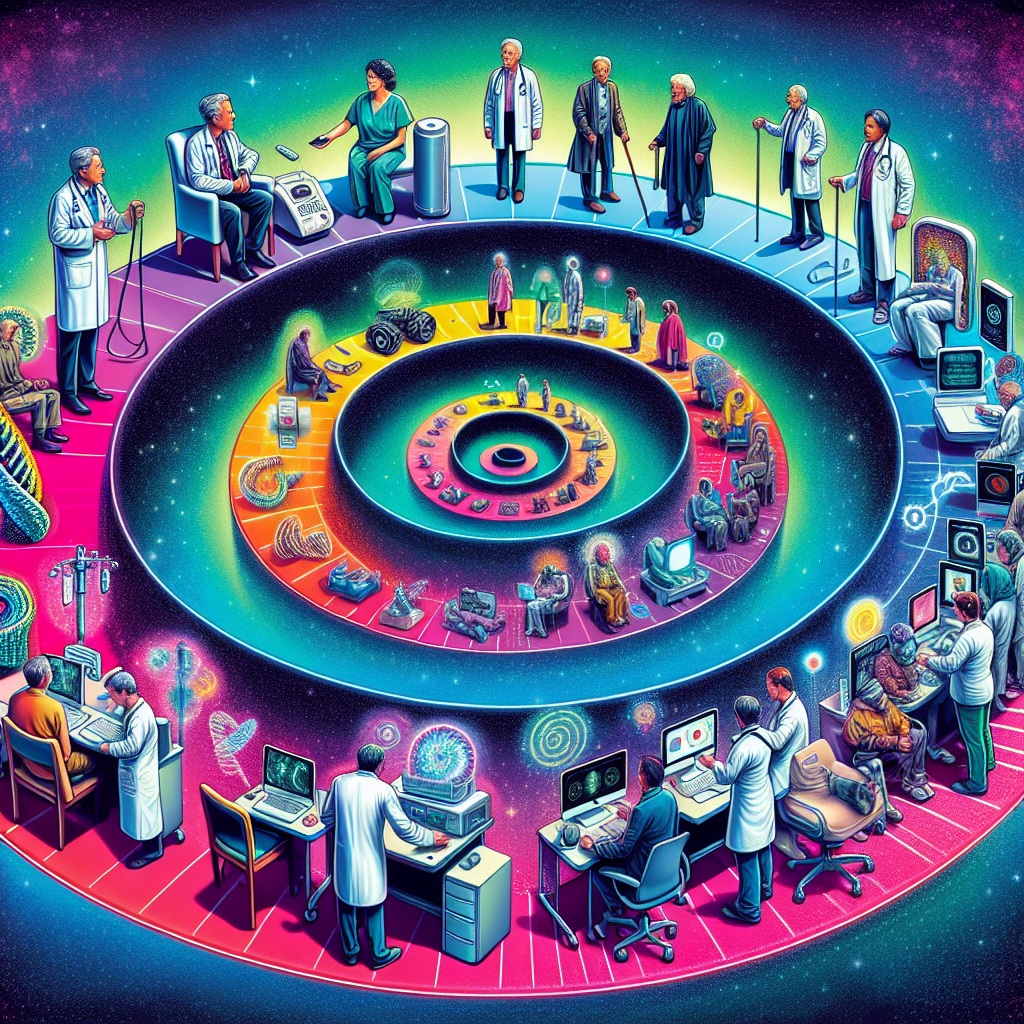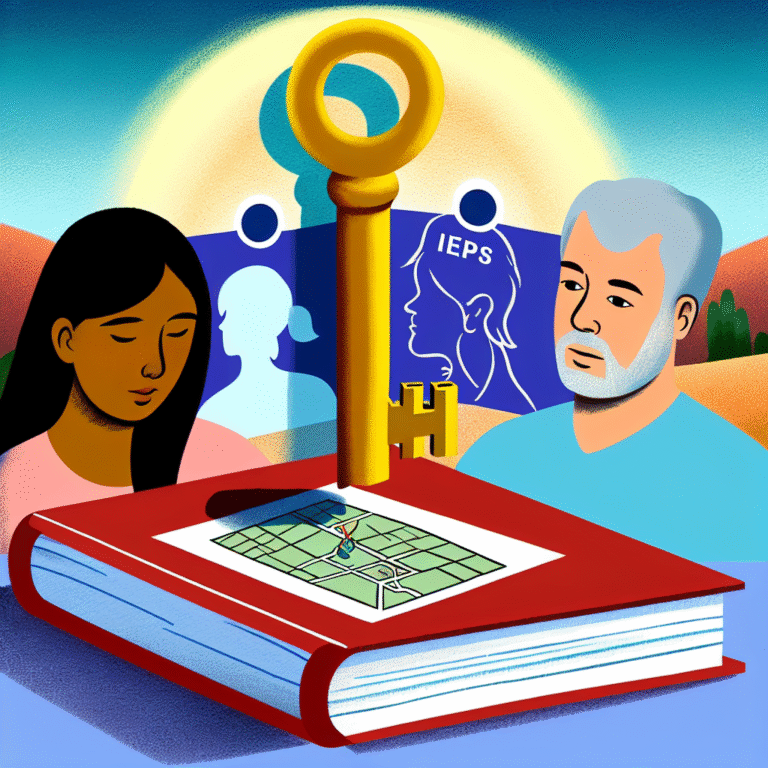
Introduction
Imagine a world where a doctor’s visit takes just minutes, without the hassle of traffic, long wait times, or being exposed to illness in crowded waiting rooms. This isn’t a distant vision; it’s the reality shaped by telehealth. With technological advancements influencing healthcare like never before, the future of telehealth: innovations driving change in the medical field are transforming patient care, accessibility, and overall health outcomes.
Telehealth, which encompasses a wide range of remote healthcare services, has skyrocketed in relevance, especially since the pandemic. Patients and providers alike have recognized its potential not only to provide care but also to improve the efficiency and effectiveness of healthcare systems. This article delves into the landscape of telehealth innovations, examining how they are revolutionizing the medical field, driving positive change, and creating a more patient-centered approach to care.
The Rise of Telehealth
Understanding Telehealth
Telehealth refers to the delivery of healthcare services via digital technology, allowing for remote diagnosis, treatment, and consultation. It can include video calls, mobile health applications, remote monitoring devices, and even virtual reality therapies.
The Statistics Behind Telehealth’s Growth
| Year | Growth in Telehealth Usage (%) |
|---|---|
| 2019 | 11% |
| 2020 | 154% |
| 2021 | 38% |
| 2022 | 25% |
The explosion of telehealth services can be attributed to changing patient preferences and technological advancements. As patients increasingly seek convenient, safe options for healthcare delivery, telehealth acts as a solution to medical accessibility challenges.
Innovations Shaping Telehealth
1. Artificial Intelligence (AI)
One of the most exciting developments in the realm of telehealth is the integration of artificial intelligence. AI technologies assist physicians in diagnosing conditions more accurately and rapidly.
Case Study: IBM Watson Health
IBM Watson Health exemplifies this innovation, using AI to analyze medical data and assist doctors in clinical decision-making. With its capabilities to process vast amounts of information quickly, Watson can provide insights that enhance patient care, making healthcare not only more efficient but also more accurate.
Relevance Analysis
AI applications in telehealth are significant because they reduce the cognitive burden on healthcare providers, allowing them to focus on patient interaction rather than administrative tasks.
2. Remote Patient Monitoring (RPM)
Remote Patient Monitoring (RPM) is another key innovation in telehealth, enabling healthcare providers to monitor patients outside traditional clinical settings through mobile devices.
Case Study: Fitbit and Cardiovascular Disease
Fitbit’s health platform serves as an excellent example. It enables patients with cardiovascular concerns to monitor their heart health in real time, allowing healthcare providers to intervene when necessary. Such monitoring can prevent hospitalizations and enhance patient safety.
Relevance Analysis
RPM allows for continuous care without the need for physical visits, significantly improving patient engagement and adherence to treatment plans.
3. Telepsychiatry
Telepsychiatry has emerged as a vital branch of telehealth, providing accessible mental health services, particularly in underserved areas.
Case Study: Talkspace
Talkspace, a digital therapy platform, allows individuals to communicate with licensed therapists through messaging, audio, or video calls. The platform has bridged the gap for many who lack access to traditional mental health care.
Relevance Analysis
Making mental health care more accessible is crucial in a time where mental well-being is more vital than ever, reinforcing the impact of telehealth innovations on comprehensively meeting patient needs.
4. Blockchain Technology in Telehealth
Integrating blockchain technology into telehealth can enhance data security and patient privacy.
Case Study: Chronicled
Chronicled leverages blockchain to safeguard patient data, ensuring that medical records remain secure while allowing only authorized health professionals to access them. This is especially important as telehealth solutions scale, highlighting the necessity for robust cybersecurity measures.
Relevance Analysis
Blockchain technology not only protects patient information but also fosters trust in telehealth services, encouraging more people to utilize them.
5. Virtual Reality (VR) & Augmented Reality (AR)
Virtual and augmented reality technologies are making waves in telehealth, especially in fields like pain management and physical rehabilitation.
Case Study: Limbix
Limbix offers a VR platform for anxiety treatment, immersing patients in controlled virtual environments that help them confront fears safely. This innovative approach underscores how telehealth can extend beyond standard practices into realms previously thought impossible.
Relevance Analysis
The use of VR and AR in telehealth showcases the creative advances in treatment modalities, demonstrating that innovative technologies not only transform patient interactions but also enhance therapeutic outcomes.
6. Mobile Health Apps
Mobile health applications enable individuals to manage their healthcare needs, track symptoms, and communicate with healthcare providers seamlessly.
Case Study: MyFitnessPal
MyFitnessPal combines nutrition tracking with community support, empowering users to make healthier lifestyle choices. This illustrates how telehealth can extend into preventative care through lifestyle management.
Relevance Analysis
Mobile health apps play an essential role in chronic disease management, enabling patients to take charge of their healthcare journeys.
The Landscape of Regulations and Policies
Telehealth Regulations
As telehealth continues to grow, policymakers are beginning to understand the need for frameworks that support its expansion while ensuring patient safety and data security.
Key Takeaways on Telehealth Policy
Reimbursement policies: One of the most immediate concerns is how telehealth services are reimbursed. Many insurance companies have adapted their policies to include telehealth visits, though disparities remain.
- Licensing laws: Healthcare providers often face challenges related to cross-state licensing, which can restrict their ability to deliver telehealth services.
Future Regulatory Innovations
Policymakers are increasingly recognizing the need to streamline telehealth regulations. The push for unified licensing agreements, such as the Interstate Medical Licensure Compact, is a promising development for the future of telehealth: innovations driving change in the medical field.
Lessons Learned from Telehealth During the Pandemic
The COVID-19 pandemic catapulted telehealth into mainstream use, leading to a rapid expansion of its capabilities and acceptance.
What Worked
Increased usage: Telehealth visits surged from 11% of total visits in 2019 to 154% in early 2020. Patients’ willingness to try telehealth increased dramatically.
- Tech improvements: The pandemic accelerated technology adoption among healthcare providers and patients, boosting the development of user-friendly platforms.
Challenges Remained
While the growth was significant, several challenges surfaced:
Digital divide: Access to telehealth services remains uneven, particularly in rural locations with poor internet connectivity.
- Patient engagement: Keeping patients engaged in their care plans continued to be a challenge, particularly for individuals in vulnerable populations.
The Future Outlook: Next Steps for Telehealth
Expanding Access
The future of telehealth relies on ensuring equitable access for all populations. Bridging the digital divide will be critical in allowing underserved communities to benefit from telehealth innovations.
Enhancing Personalization
Artificial Intelligence and machine learning can be leveraged to create highly personalized care plans suited to individual patient needs. The integration of wearables will enable continuous monitoring and proactive care.
Education and Training
Healthcare providers must receive training in telehealth technologies to enhance their ability to deliver remote care effectively. Educational institutions should incorporate telehealth into medical curricula to prepare future providers.
Conclusion
As we stand on the cusp of a new era in healthcare, the future of telehealth: innovations driving change in the medical field represents a paradigm shift in how we approach patient care. Through technologies such as AI, RPM, telepsychiatry, blockchain, VR, and mobile health apps, we are witnessing a transformation that prioritizes accessibility, engagement, and personalized care.
The impact of these innovations extends beyond convenience; they signify a commitment to creating a more equitable healthcare landscape. As healthcare continues to evolve, it’s up to us—patients, providers, and policymakers—to embrace these changes, ensuring that telehealth serves as a catalyst for lasting improvement in health outcomes.
FAQs
1. What is telehealth, and how does it work?
Telehealth encompasses a variety of digital health services that allow patients to consult with healthcare providers remotely using technology—such as video calls or mobile apps—making healthcare more accessible.
2. Is telehealth covered by insurance?
Many insurance plans are beginning to cover telehealth services, particularly following the pandemic. However, coverage can vary significantly based on the provider and locality.
3. Can I get prescriptions through telehealth?
Yes, healthcare providers can prescribe medications during a telehealth appointment based on the consultation, depending on the regulations in your area.
4. What are the privacy concerns associated with telehealth?
The confidentiality of patient data is a significant concern in telehealth. Providers must follow HIPAA regulations to ensure that personal health information remains secure.
5. Will telehealth replace traditional in-person visits?
While telehealth offers many advantages and may replace some in-person visits, it is unlikely to fully replace traditional healthcare. Instead, it will complement in-person care where appropriate.
The future of telehealth is bright, powered by innovations that promise to reshape the medical landscape. With continuous advancements in technology and a commitment to patient-centered care, we can look forward to a more accessible and efficient healthcare system.














